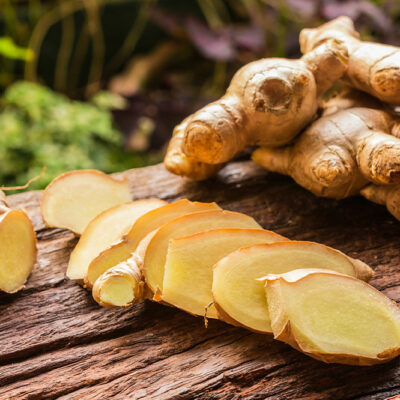
7 worst cities for people with migraine
Migraines are a severe type of headache that can cause extreme pain in the form of throbbing or pulsing sensations, usually on one side of the head. Based on research, healthcare experts conclude that certain risk factors may worsen the symptoms of migraines. Prominent triggers are also determined by the city in which one lives. So factors like their lifestyle, weather and associated changes, and temperatures can vary based on the particular geographical location. St. Louis, MO One of the primary reasons why St. Louis makes the list of worst cities for migraine management is the lifestyle. Here, people usually have extremely busy schedules, due to which they might also be more stressed compared to those in other cities. Stress is a common trigger for migraines. Augusta, GA When a storm hits the city , cold and warm air mix, leading to changes in barometric pressure. These variations are often known to trigger or worsen symptoms of migraines. Augusta is constantly subject to such changes, so a person dealing with migraines should avoid moving here. Cincinnati, OH Cincinnati is home to multiple tourist attractions, including the Cincinnati Art Museum and the Cincinnati Zoo & Botanical Garden. However, people affected by migraines who live in the city may notice their symptoms worsen frequently.
Read More 







